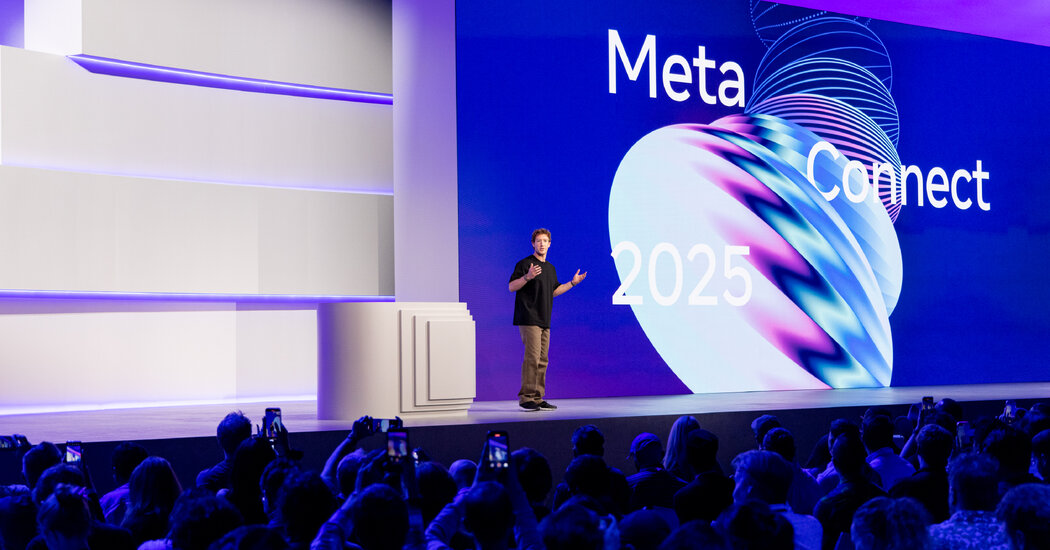In its quest to win Silicon Valley’s artificial intelligence race, Meta has shelled out tens of billions of dollars on everything from data centers to A.I. researchers.
On Wednesday, Meta, which owns Instagram, Facebook and WhatsApp, indicated that the spending would not stop.
The company raised its capital expenditure forecast for this year to $70 billion to $72 billion, up from a previous estimate of $66 billion to $72 billion. Most of that will be spent on data centers, which are the computing facilities that power artificial intelligence development, and compensation for A.I. researchers. Meta added that capital expenditures would “be notably larger in 2026 than 2025.”
That puts Meta’s capital expenditures closer to larger tech giants like Microsoft, which had projected spending of $88 billion for its 2025 fiscal year. For Meta, the forecast represents a large jump from spending in prior years: $28 billion in 2023 and $39 billion last year. Next year, the company’s expenditures could be as much as $100 billion, according to analyst estimates.
Meta’s core business of online advertising continued to provide the fuel for the A.I. spending. For the third quarter, revenue was $51.2 billion, up 26 percent from a year earlier. Profit was $2.7 billion, down 83 percent from a year earlier because of a $15.9 billion income tax charge.
The company’s stock fell more than 7 percent in after-hours trading.
The more that Meta spends on A.I., the more questions it faces about how that spending will pay off. So far, it has said its A.I. spending has improved its advertising business, which accounts for nearly all of its revenue, without offering specifics. It has also said A.I. has improved its social media algorithms, especially for Instagram Reels, its popular video feed.
Meta said it expected revenue of $56 billion to $59 billion for the current quarter.
Mark Zuckerberg, Meta’s chief executive, has been laser focused on A.I. In June, he invested $14.9 billion in Scale AI, an A.I. data labeling start-up, and appointed that company’s chief executive, Alexandr Wang, as Meta’s new chief A.I. officer.
Meta has reorganized its A.I. division four times in the past eight months, transferring leadership of its A.I. models and products from longtime executives to new hires. Last week, it laid off 600 employees from its A.I. division, targeting those who had worked on its past A.I. models, which were internally seen as disappointing.
As part of the cuts, it also quietly reduced its risk review team, which insiders said came in an effort to speed up the development of its A.I. products.
Last month, Meta also unveiled two A.I. products: a pair of A.I. glasses called Meta Ray-Ban Display and an A.I. video app called Vibes. But the attention remains on its A.I. models and data center spending and how that will affect revenue, said Andrew Rocco, a stock analyst at Zacks.
“What everyone is looking at is the spend on A.I., and importantly, how it’s going to impact Meta’s advertising business,” Mr. Rocco said. “Everything else is a sideshow.”
Eli Tan covers the technology industry for The Times from San Francisco.
The post Meta Raises Its Spending Forecast on A.I. to Above $70 Billion appeared first on New York Times.




